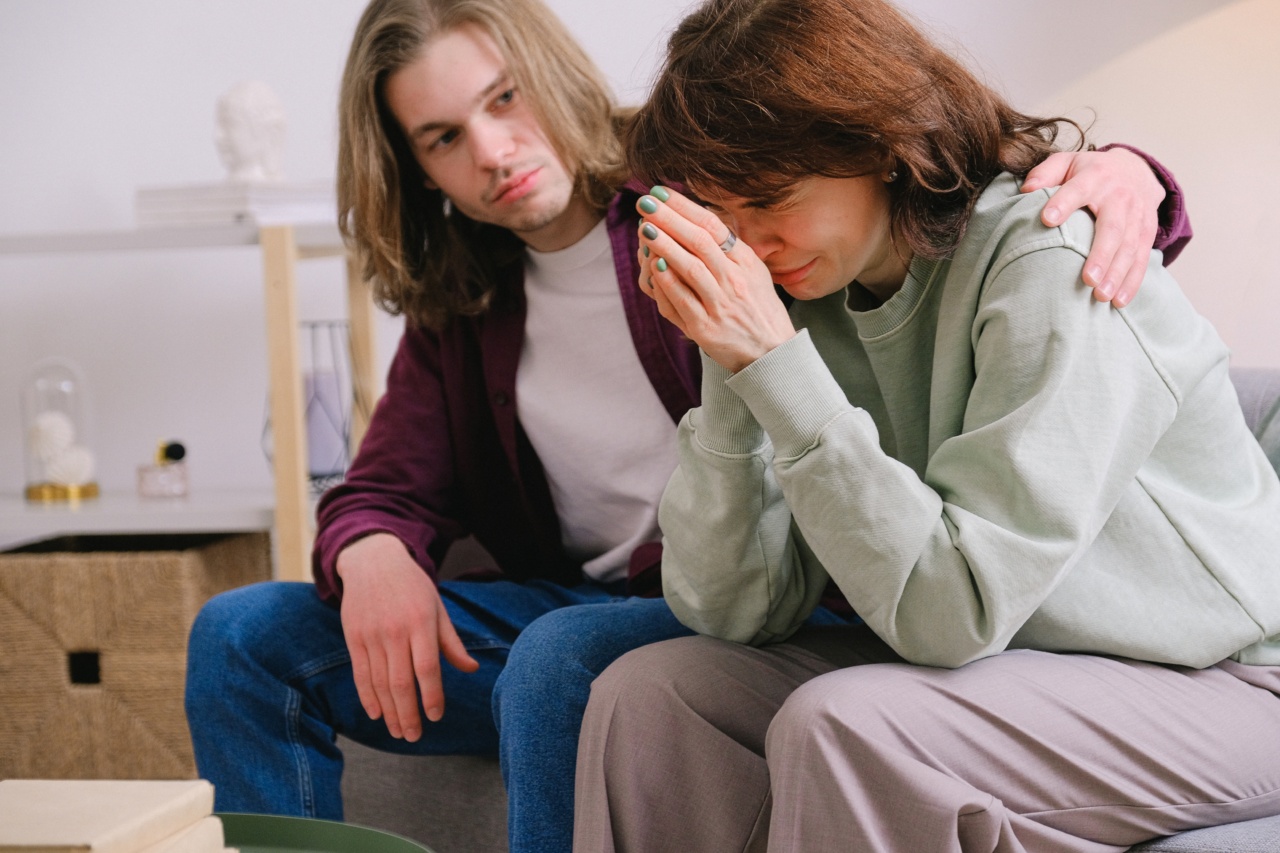Pain is an inevitable part of the human experience, but did you know that men and women can experience and perceive pain differently? It turns out that gender can play a role in how individuals experience pain, how they cope with it, and even how it is treated. In this article, we delve into the fascinating world of pain and take a closer look at the ways in which men and women differ in their pain experiences.
The Biological Differences
One of the primary reasons behind the differences in pain perception between men and women lies in their biology. Research has shown that women generally have a lower pain threshold compared to men.
This means that women tend to feel pain more intensely or at lower levels of stimulation compared to their male counterparts.
The underlying biological factors that contribute to this difference are complex and not yet fully understood. One theory suggests that hormones, such as estrogen and progesterone, may play a role in modulating pain sensitivity.
These hormones fluctuate throughout a woman’s menstrual cycle, with some studies suggesting that pain tolerance may be highest during the follicular phase when estrogen levels are at their peak.
On the other hand, studies have also indicated that men may have a higher pain tolerance due to the presence of testosterone. Testosterone has been found to have analgesic effects, meaning it can reduce pain sensitivity or perception.
Psychological Factors
Beyond biological differences, various psychological factors may contribute to how men and women experience pain. Researchers have found that women tend to ruminate more on their pain and express it in more emotional terms compared to men.
This may be influenced by societal expectations and gender roles, where women are often encouraged to express their emotions and seek support.
Men, on the other hand, may be more likely to adopt a stoic approach to pain and downplay their symptoms. Societal expectations of masculinity often discourage men from showing vulnerability or seeking help, leading them to endure pain silently.
Social and Cultural Influences
Social and cultural factors also play a role in shaping how men and women perceive and cope with pain. Studies have found that women are more likely to seek medical help for their pain compared to men.
Women may have more experience navigating healthcare systems due to reproductive health needs, leading them to be more proactive in seeking treatment for pain.
Additionally, cultural norms and expectations can influence pain experiences.
For example, in some cultures, women may be expected to tolerate pain during childbirth without interventions, whereas men may be encouraged to tough it out in sports or other physically demanding activities.
Pain Treatment Disparities
The differences in pain experiences between men and women can also have significant implications for how pain is treated. Research has consistently shown that women are more likely to be undertreated for pain compared to men.
This disparity may be influenced by gender biases and stereotypes held by healthcare providers. Some studies suggest that women’s pain is more likely to be attributed to emotional factors, resulting in delayed or inadequate pain management.
Furthermore, pain research has traditionally focused more on male subjects, leading to a lack of understanding of how pain manifests in women.
This gender bias in research can contribute to the misdiagnosis or inadequate treatment of women’s pain conditions.
Conditions that Affect Men and Women Differently
There are certain pain conditions that affect men and women differently. For example, migraines are more common in women, while cluster headaches are more prevalent in men.
Fibromyalgia, a chronic pain disorder, also affects a significantly higher number of women compared to men.
Furthermore, women may experience gender-specific pain related to reproductive health, such as menstrual cramps, endometriosis, or pelvic pain.
Men, on the other hand, are more prone to experience pain related to prostate issues or testicular discomfort.
Challenges in Pain Management
The differing pain experiences between men and women pose unique challenges in pain management. Developing effective pain management strategies requires understanding these differences and tailoring treatments accordingly.
Healthcare providers need to be sensitive to the unique pain experiences of each gender and consider both biological and sociocultural factors when devising treatment plans.
Improving pain management for women involves addressing the gender bias embedded in the medical field.
This includes recognizing and challenging stereotypes, providing education and training to healthcare professionals, and ensuring that pain research includes diverse study populations.
Conclusion
Pain is a complex and multifaceted experience that can vary between individuals. Men and women, in particular, have been found to have distinct differences in how they experience and cope with pain.
These differences stem from a combination of biological, psychological, social, and cultural factors.
Recognizing and understanding these differences is crucial for providing effective pain management and reducing disparities in treatment.
By acknowledging the unique pain experiences of men and women, we can work towards a more comprehensive and inclusive approach to pain care that addresses the needs of all individuals.






























